We may earn money or products from the companies mentioned in this post. This means if you click on the link and purchase the item, I will receive a small commission at no extra cost to you ... you're just helping re-supply our family's travel fund.
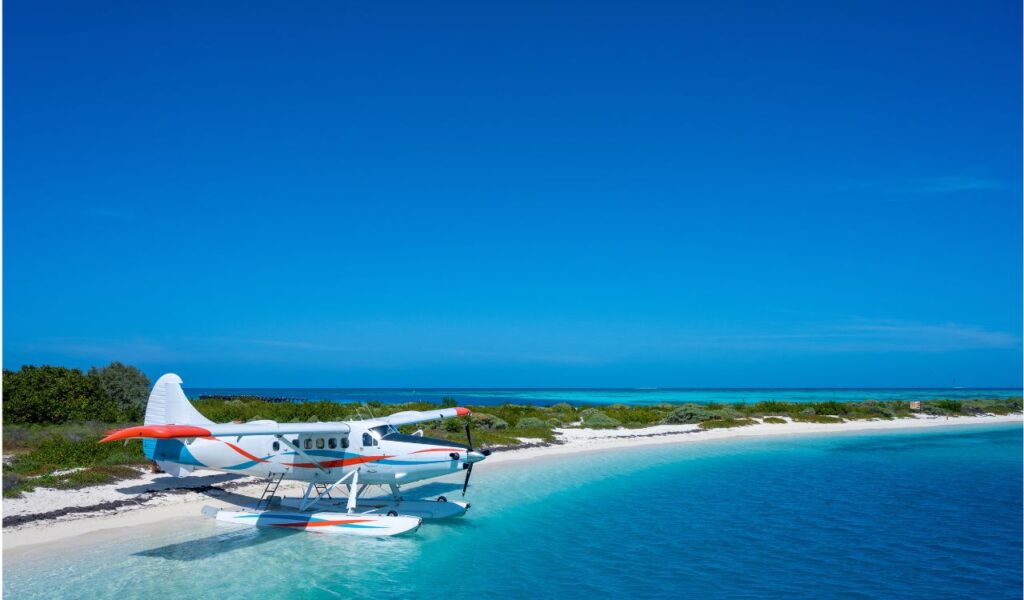
Dry Tortugas National Park, Florida
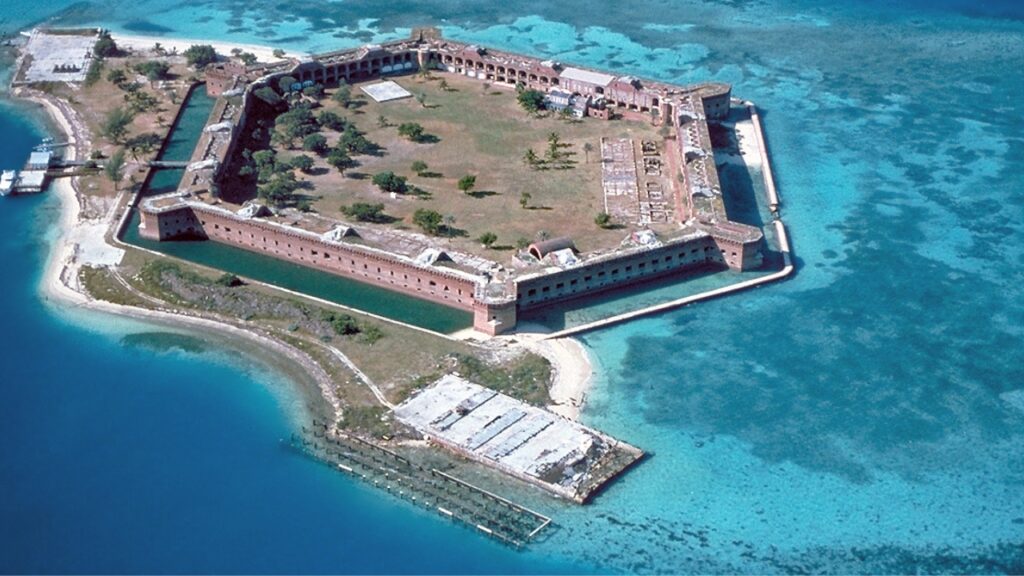
Seventy miles west of Key West, Dry Tortugas is a coral-ringed fortress of turquoise seas anchored by Fort Jefferson, one of America’s largest 19th-century masonry forts. With no roads and access only by ferry, private boat, or seaplane, it safeguards a rare sense of isolation. Snorkel luminous reefs, circle the moat wall for kaleidoscopic fish, and watch sea turtles ghost through gin-clear water. Note: certain islands have seasonal closures to protect nesting seabirds.
Isle Royale National Park, Michigan
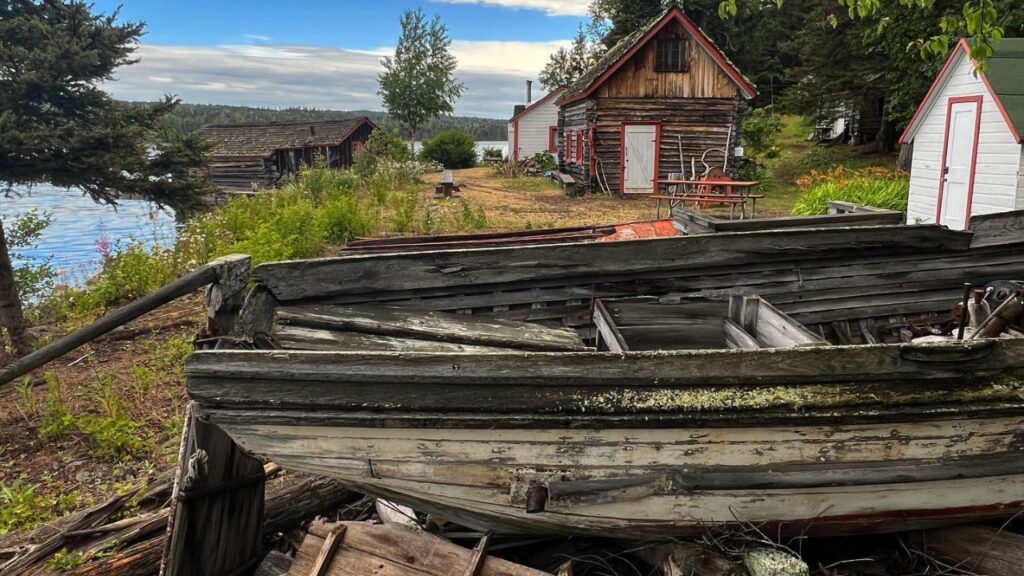
A roadless archipelago adrift in Lake Superior, Isle Royale is reached only by ferry, private boat, or seaplane, which helps preserve its deep solitude. Wolves and moose still shape this boreal ecosystem, and over 400 satellite isles fringe a labyrinth of coves made for paddling. Historic shipwrecks rest in icy clarity for divers, while dark skies and loon calls turn nights into a wilderness soundtrack rare in the Lower 48.
Channel Islands National Park, California
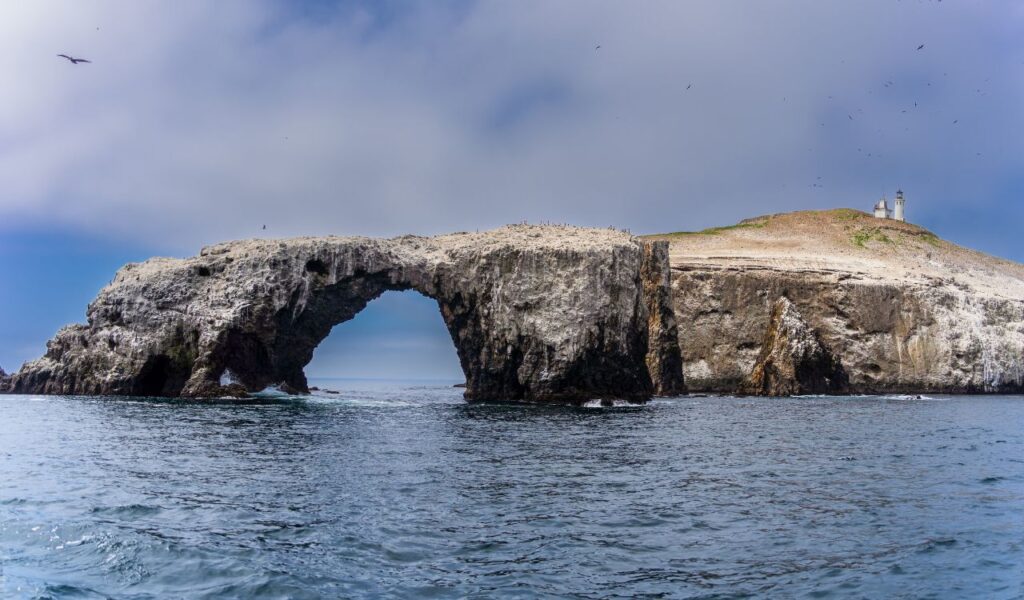
Five wind-brushed islands offshore from Ventura feel like a Galápagos in miniature, reached by concession boats or private vessels. Here, endemic wildlife thrives, from playful island foxes to the island scrub-jay, and sea caves boom with Pacific swells. Kelp forests shelter sea lions and migrating dolphins, while golden-hour hikes reveal cliff-backed coves. Visitors reach the islands by boat, which naturally keeps crowds lower than mainland parks.
Glacier Bay National Park, Alaska
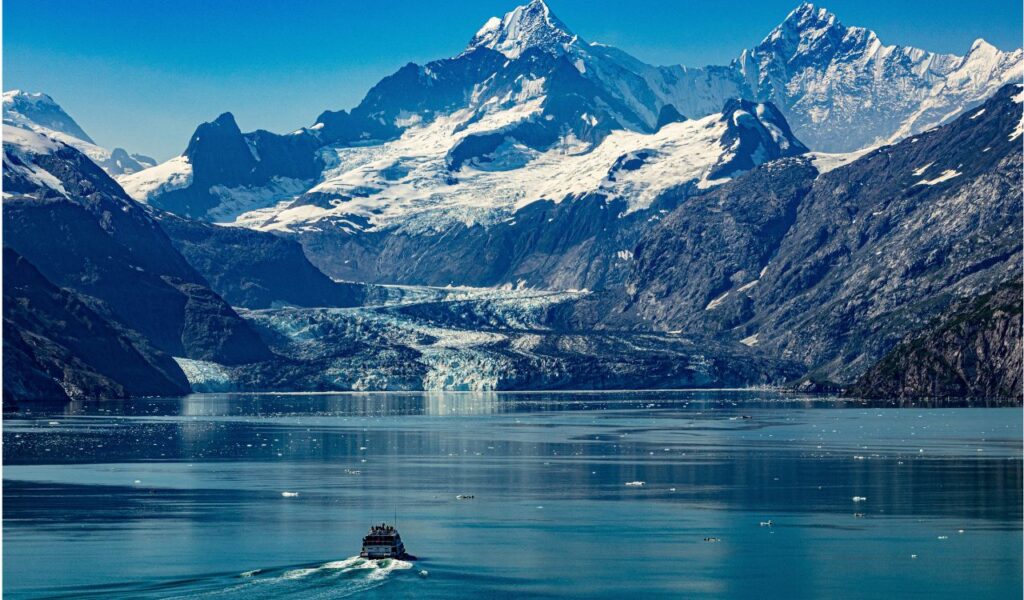
Entered by boat or small aircraft, Glacier Bay is a cathedral of ice and granite where tidewater glaciers calve thunder into teal fjords. Humpbacks bubble-net feed under wheeling seabirds, bears patrol shorelines, and the air carries a hush broken by rending seracs. While Bartlett Cove is reachable by road from Gustavus, the park’s signature fjords and glaciers are experienced by boat or plane, making the core of Glacier Bay a waterborne world.
Katmai National Park and Preserve, Alaska
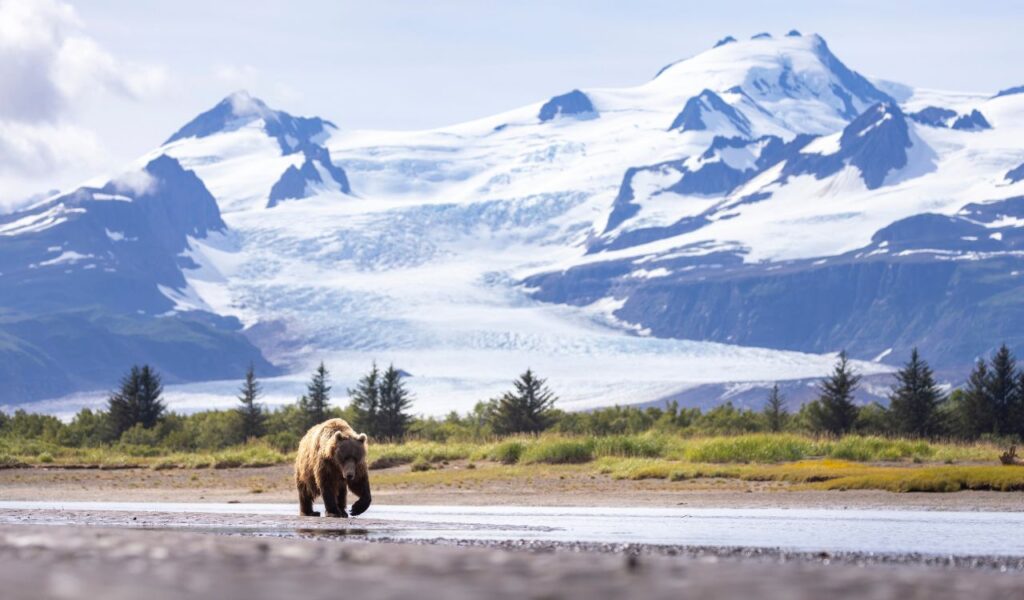
With no road links into core sites, Katmai is a floatplane or boat frontier where brown bears crowd Brooks Falls to intercept leaping salmon. Beyond the famous platforms lies volcanic immensity, the Valley of Ten Thousand Smokes, a vast ash-choked canyon born of a 1912 mega-eruption. Fly over crater lakes, beachcomb wild coasts, and feel the tremor of an ecosystem ruled by salmon runs and tides, gloriously indifferent to human clocks.
Lake Clark National Park and Preserve, Alaska
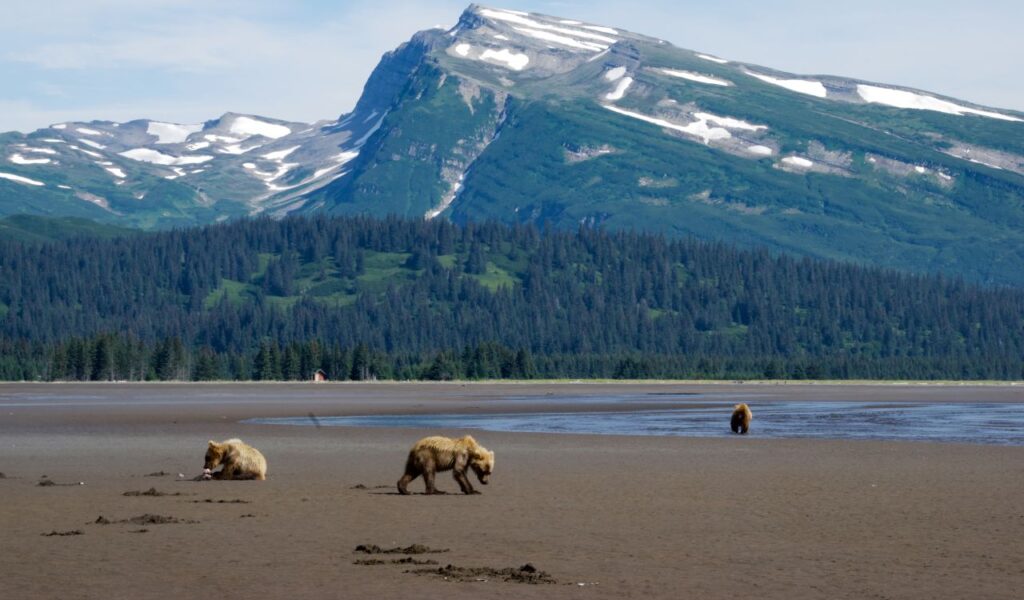
Accessed by bush plane or boat, Lake Clark compresses Alaska’s greatest hits, jade lakes, salmon-choked rivers, glaciered peaks, and brown bear meadows, into a roadless amphitheater. Tiny lodges and backcountry shores become front-row seats to bears browsing sedge flats under midnight sun. Paddle the big, blue expanse, trace volcanic ridgelines, and watch the landscape shift from coastal fjords to Interior mountains in one breathtaking sweep.
Kobuk Valley National Park, Alaska
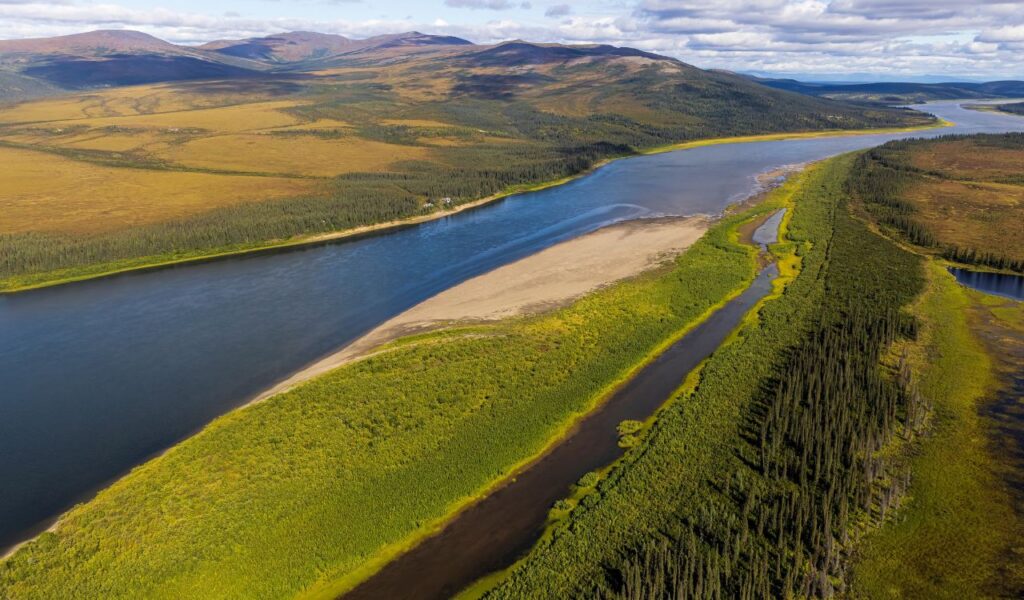
Far above the Arctic Circle and reached by small aircraft, with seasonal river approaches, Kobuk Valley upends expectations with golden, wind-sculpted dunes framed by boreal forest. Each year, one of the planet’s great wildlife spectacles plays out as hundreds of thousands of caribou migrate along the Kobuk. Raft wide, tea-colored waters under endless light, walk warm sands that hold ancient human stories, and listen to a silence as vast as the tundra.
Gates of the Arctic National Park and Preserve, Alaska
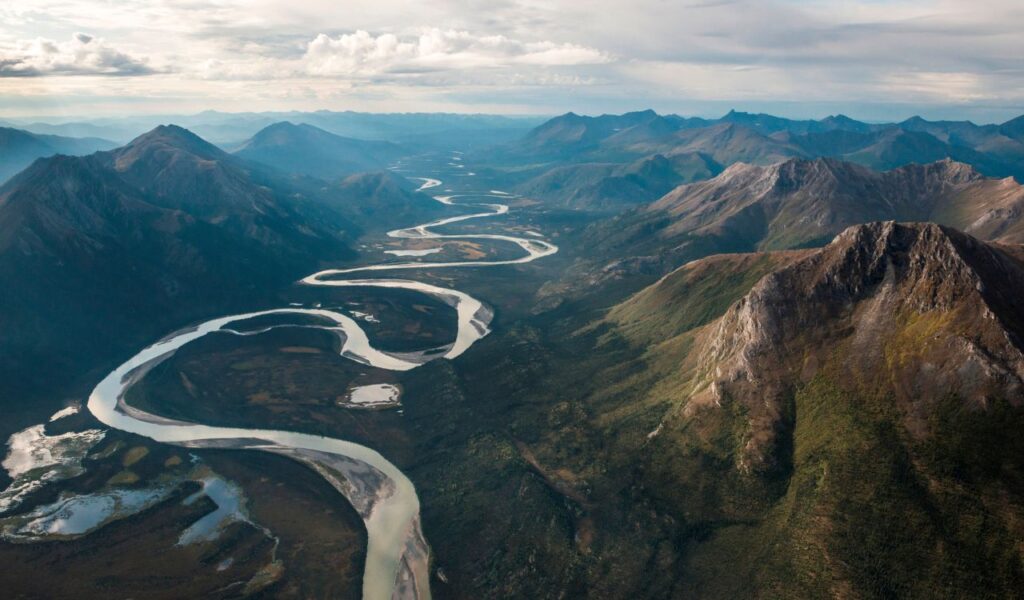
There are no roads or trails here, just floatplanes, wild rivers, and the Brooks Range. This is the park system’s purest unbroken wilderness, where logistics and skill are the tickets in. Packraft jade-clear tributaries, ridge-walk beneath midnight sun, and follow wolf tracks stitched across gravel bars. Some hikers start from the Dalton Highway on foot, but the park’s vast interior remains an air and river realm.
National Park of American Samoa
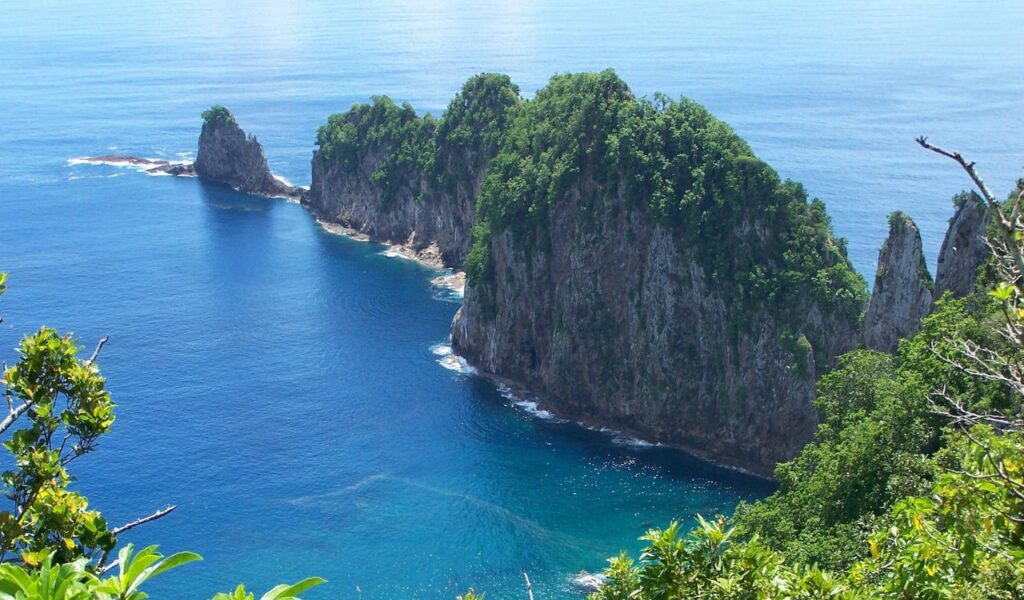
Scattered across Tutuila, Ofu, and Ta‘ū, this Pacific park is reached by air and explored by boat between island and marine units. Rainforests cloak volcanic ridges while coral gardens flourish in warm, glassy lagoons. Traditional Samoan villages and fa‘a Samoa culture shape daily life, adding human depth to the wild scene. Though local roads exist on the islands, inter-island and marine access relies on flights and boats.